1719
Publication of Daniel Defoe's Robinson Crusoe, widely considered the first novel in the English language
Publication of Daniel Defoe's Robinson Crusoe, widely considered the first novel in the English language
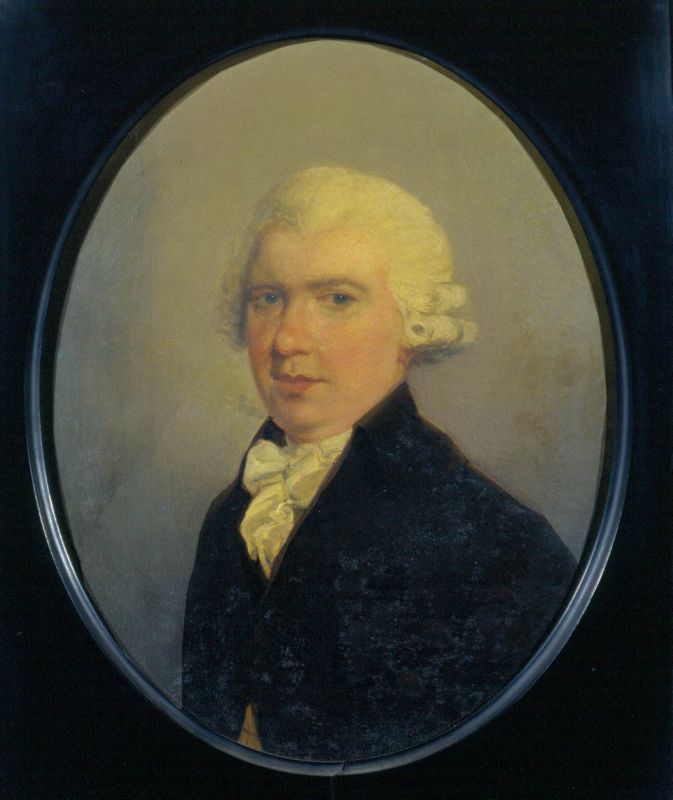
John McMurray is born in Edinburgh to Robert McMurray, a lawyer, and his wife, Jean
Birth of the Reverend George Crabbe, poet, surgeon and clergyman
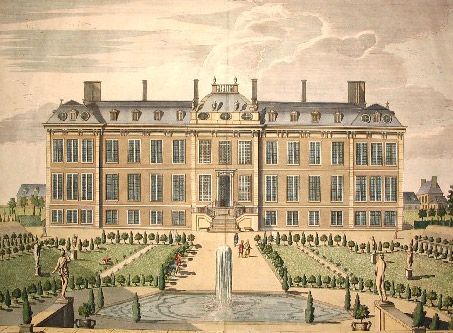
The British Museum - one of the first national museums - is opened to the public in London
John McMurray is commissioned into the 34th Company of Marines as a second lieutenant
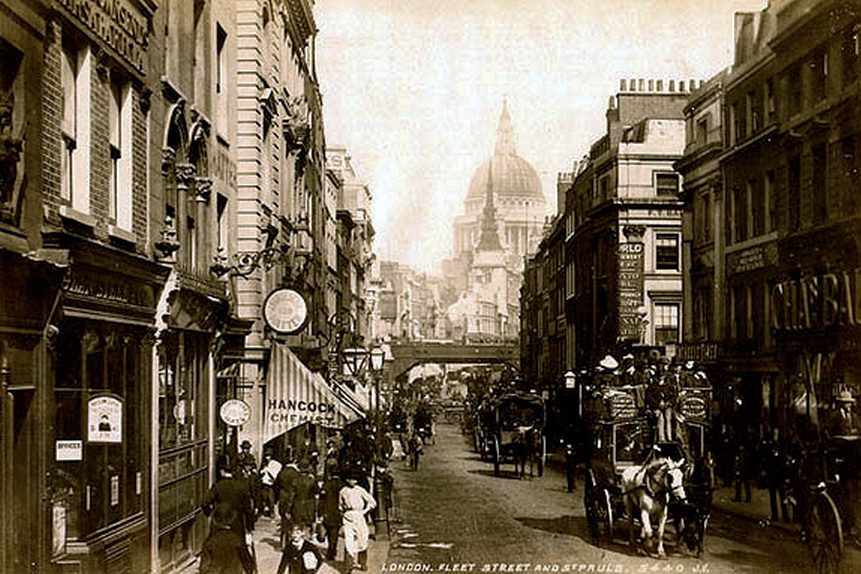
The publishing firm is founded when John McMurray buys the bookselling business of William Sandby at 32 Fleet Street; in reaction to anti-Scottish sentiments in London, he changes his name to "Murray"
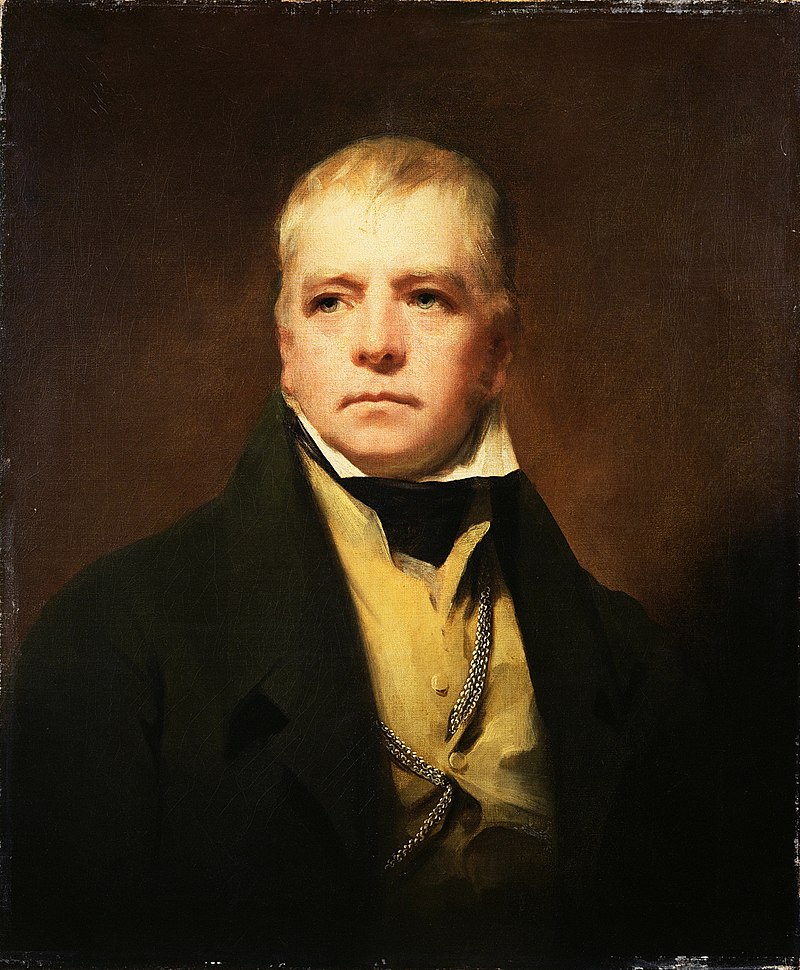
Sir Walter Scott is born
Birth of Archibald Constable, publisher and bookseller
Donaldson v Beckett ruling in the House of Lords holds that copyright of published works is not perpetual, but subject to statutory limits
Birth of Robert Southey, poet
Jane Austen is born
Birth of William Blackwood, publisher
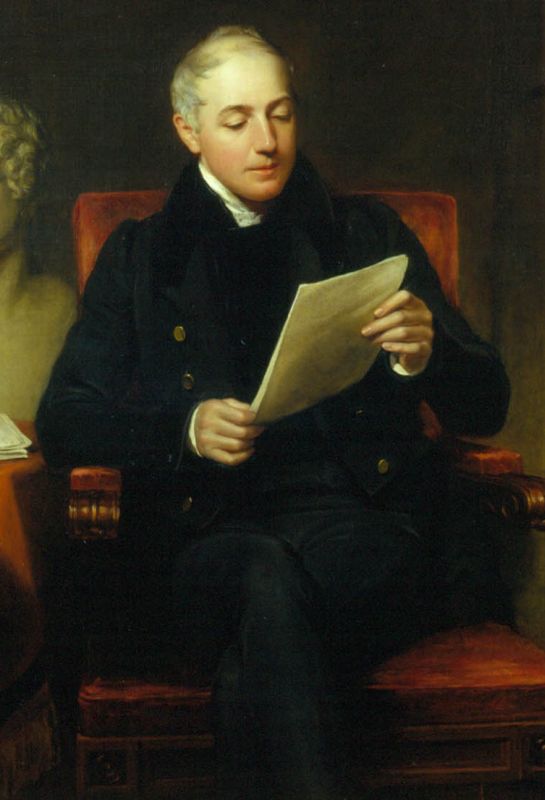
John Murray II is born, the son of John Murray and his second wife, Hester
William Lamb, 2nd Viscount Melbourne, is born
William Wilberforce is elected Member of Parliament

Birth of Mary Fairfax, later Somerville, a polymath and noted science writer
The Industrial Revolution takes place
Birth of Lady Caroline Ponsonby, later Lamb, aristocrat and novelist
Birth of John Cam Hobhouse (1st Baron Broughton), politician, diarist and friend of Lord Byron
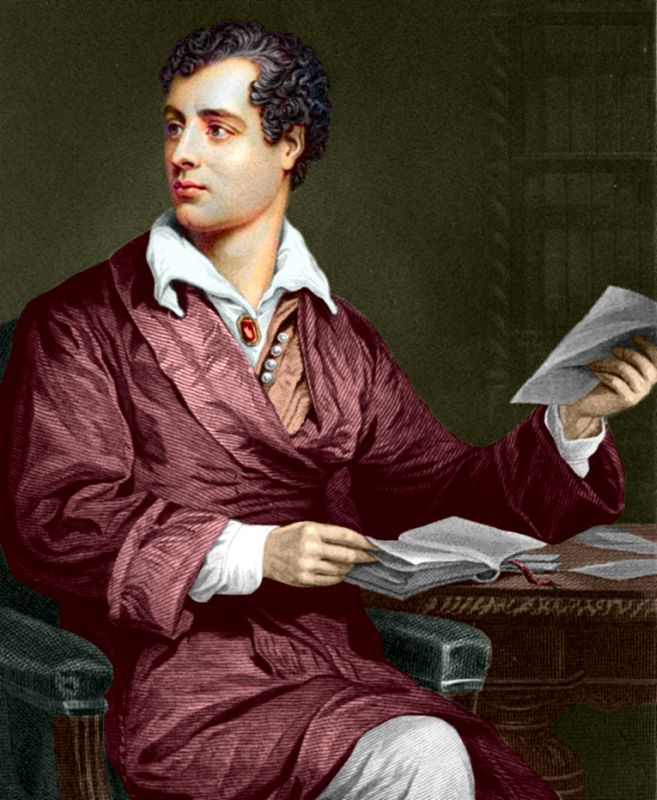
George Gordon Byron (6th Baron Byron) is born
John Murray I publishes the first volume of the English translation of Johann Kaspar Lavater's Essays on Physiognomy, in partnership with Joseph Johnson
Start of the French Revolution
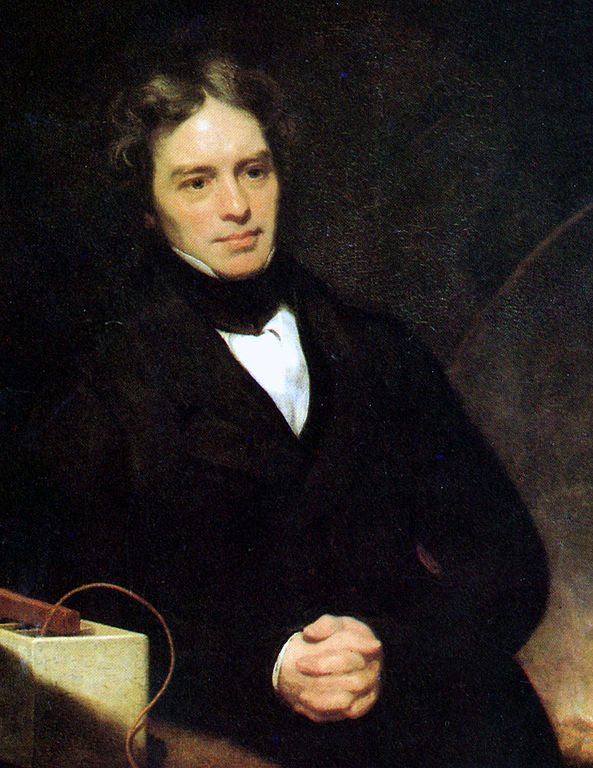
English scientist, Michael Faraday, a pioneer in the fields of electromagnetism and electrochemistry, is born in London
War breaks out between England and the French Republic
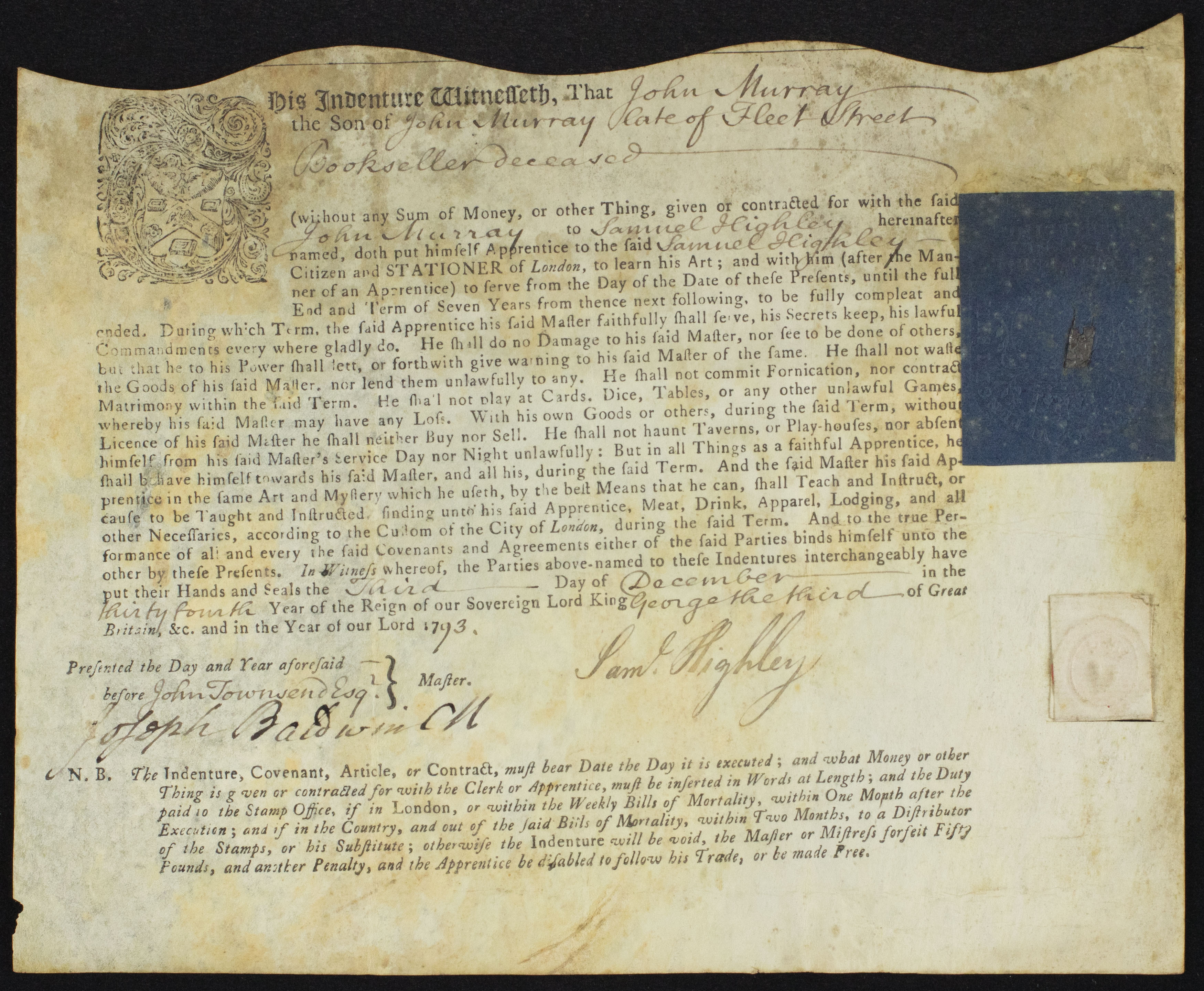
John Murray I dies and his son enters into an apprenticeship with Samuel Highley, a former assistant who now became manager of the firm
Byron begins his studies at Aberdeen Grammar School
Scottish geologist, Sir Charles Lyell, is born in Angus
Byron attends Harrow School
Act of Union
The Treaty of Amiens temporarily ends hostilities between England and France
The Edinburgh Review is founded by Francis Jeffrey, Sydney Smith, Henry Brougham and Francis Horner, and published by Archibald Constable
Napoleonic Wars
Birth of Benjamin Disraeli, politician, writer and two-time Prime Minister
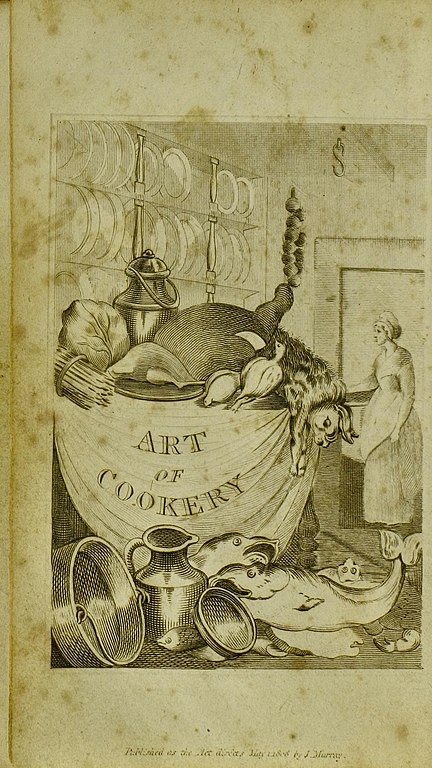
John Murray publishes the first mass-market cookery book: A New System of Domestic Cookery, by a Lady [Maria Rundell]
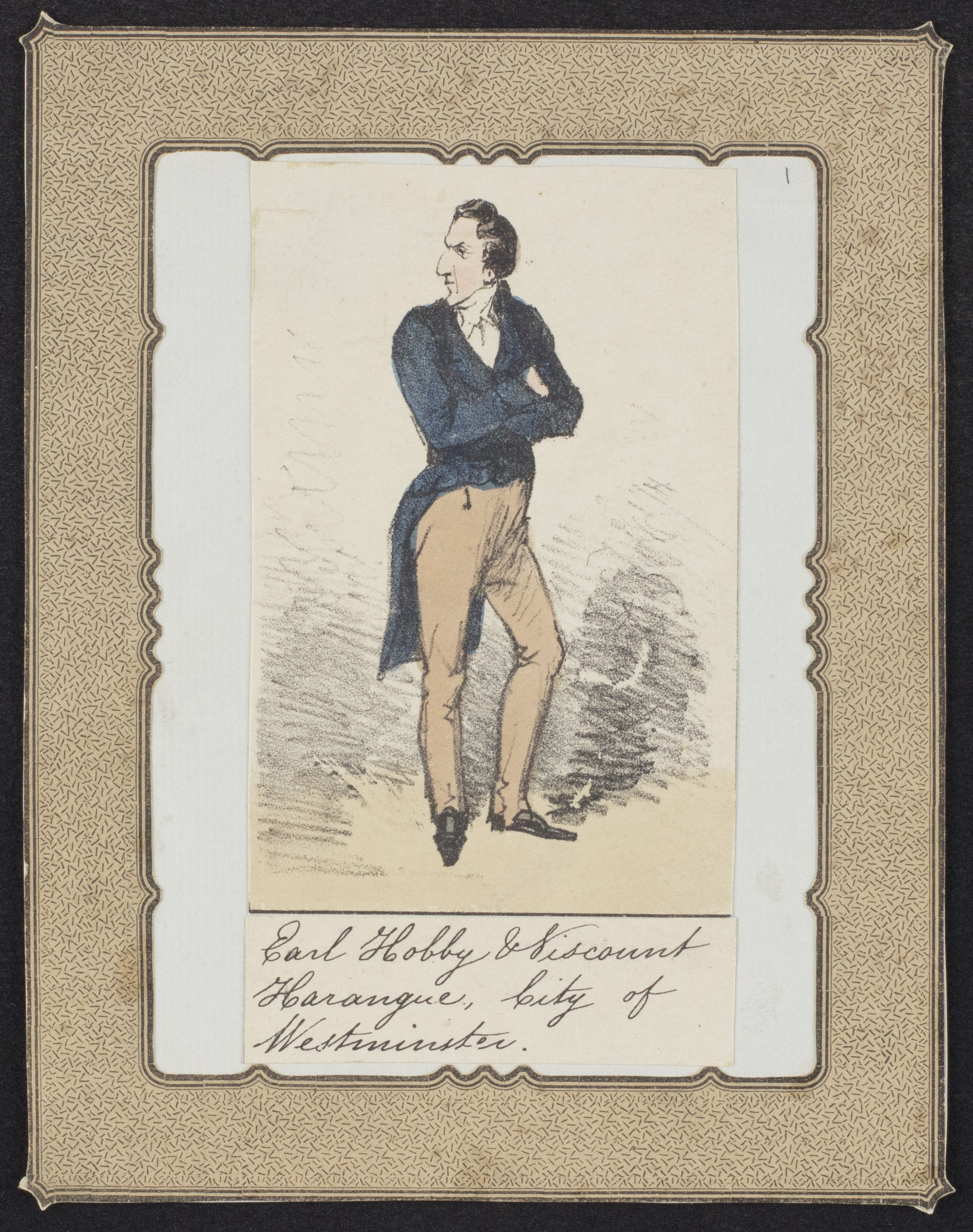
Byron enters Trinity College, Cambridge, where he meets John Cam Hobhouse, John Edleston and Francis Hodgson
Marriage of Caroline Ponsonby to William Lamb, 2nd Viscount Melbourne
Byron writes The Cornelian, inspired by a gift from John Edleston
Ridge of Newark prints the first volume of Byron's poetry, Fugitive Pieces, which Byron promptly recalls and burns
John Murray II marries Anne, daughter of the late Charles Elliot, an Edinburgh bookseller and publisher
Byron's Hours of Idleness is printed and published by Ridge of Newark
Slavery Trade Act
The Slave Trade Act prohibits the slave trade in the British Empire
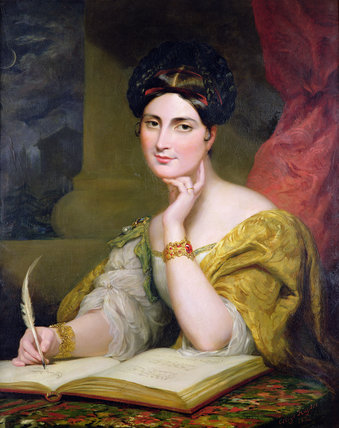
Birth of Caroline Sheridan, later Norton, author and social reformer
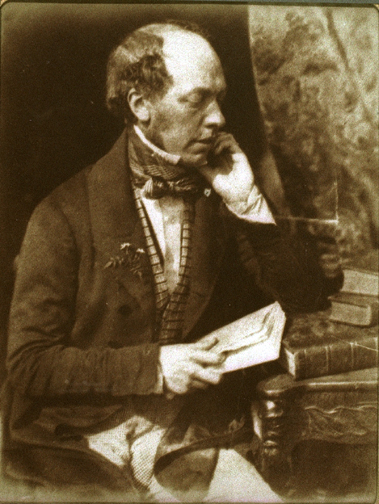
John Murray III is born to John Murray II and his wife, Anne Elliot
The Edinburgh Review prints a harsh anonymous review (by Henry Brougham) of Byron's Hours of Idleness
The Quarterly Review is founded to provide opposition to the Whiggish politics of the Edinburgh Review; it remains in circulation for over 150 years
Byron responds to Brougham's harsh review by writing English Bards and Scotch Reviewers, which is published anonymously
Birth of Elizabeth Rigby, later Eastlake, author and art critic
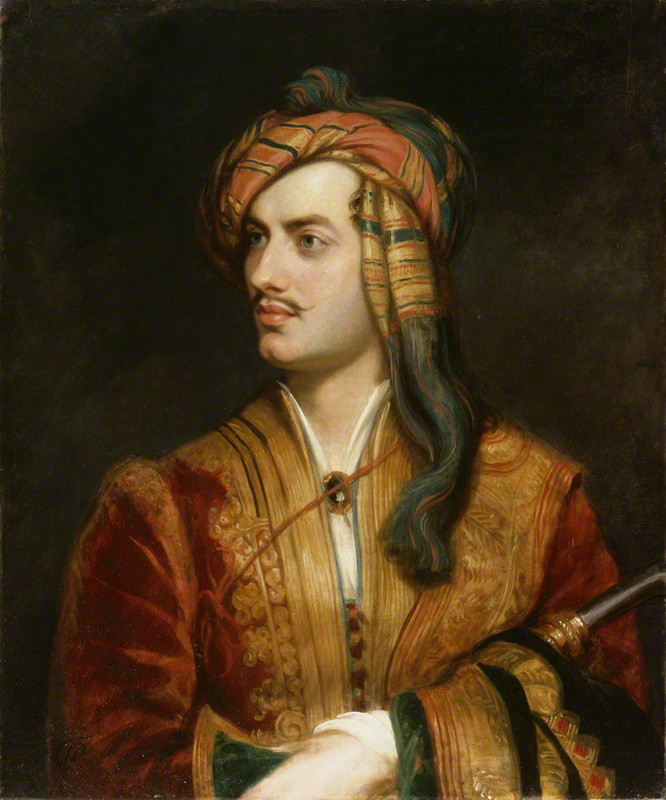
Byron embarks on a Grand Tour through the Mediterranean, avoiding much of Europe due to the Napoleonic Wars
Birth of William Gladstone, statesman and four-time Prime Minister
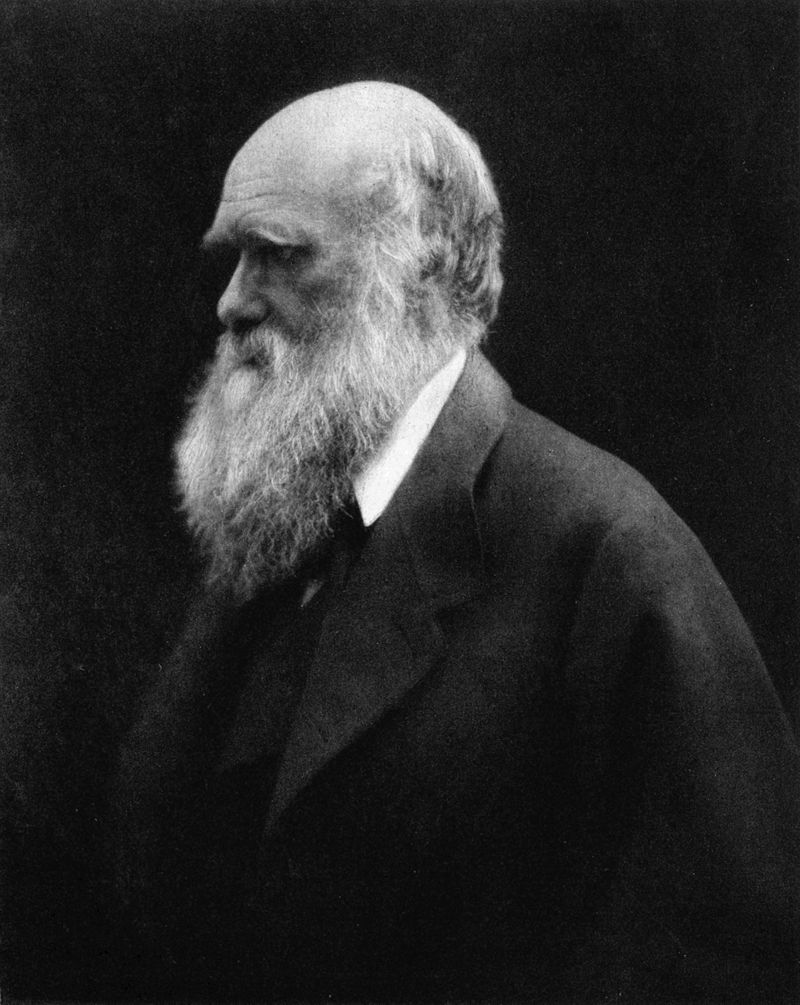
Charles Darwin is born
Byron's mother, Catherine Gordon Byron, dies
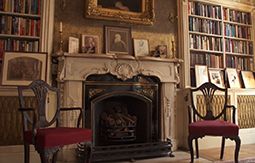
Murray's publishing firm moves to 50 Albemarle Street, where it remains for the next 191 years
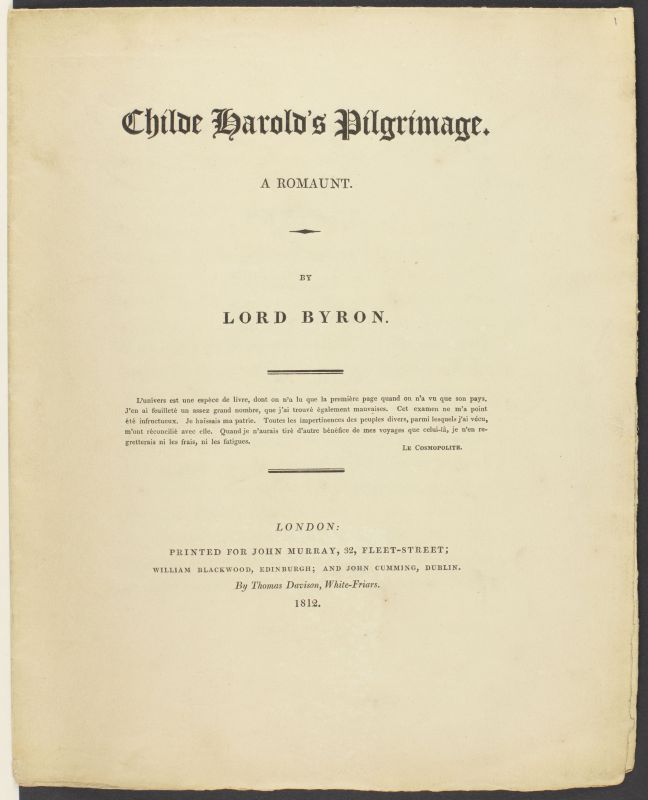
Byron's Childe Harold's Pilgrimage, cantos I and II, are offered for public sale by Murray
Byron uses his maiden speech in the House of Lords to oppose the Frame Work Bill, which introduced more severe penalties for Luddite behaviour
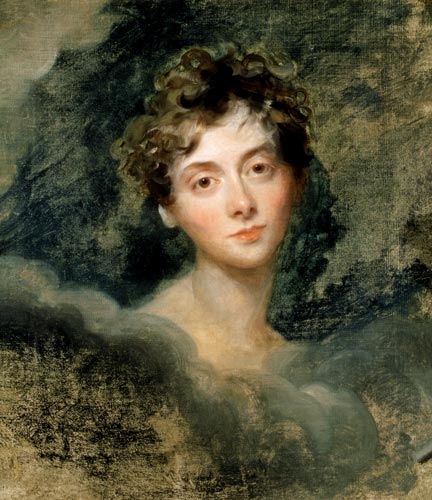
Byron begins an affair with Lady Caroline Lamb

Murray publishes Byron's The Giaour
Murray publishes Byron's Bride of Abydos
David Livingstone is born
John Murray II secures a lucrative contract to publish the Navy List; begins styling himself as Bookseller to the Admiralty
Murray publishes Byron's The Corsair, Ode to Napoleon Buonaparte and Lara
New Copyright Act is enacted
The first of the Waverley Novels, Waverley, or Tis Sixty Years Since, is published by Archibald Constable & Co.; author Walter Scott chooses to remain anonymous
Murray introduces Byron to Sir Walter Scott; the two form a long-lasting friendship
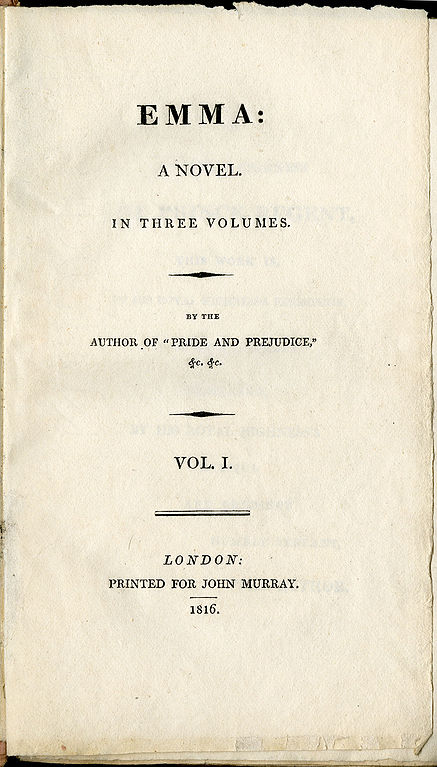
Jane Austen moves her work to the Murray firm from Thomas Egerton. John Murray publishes Emma
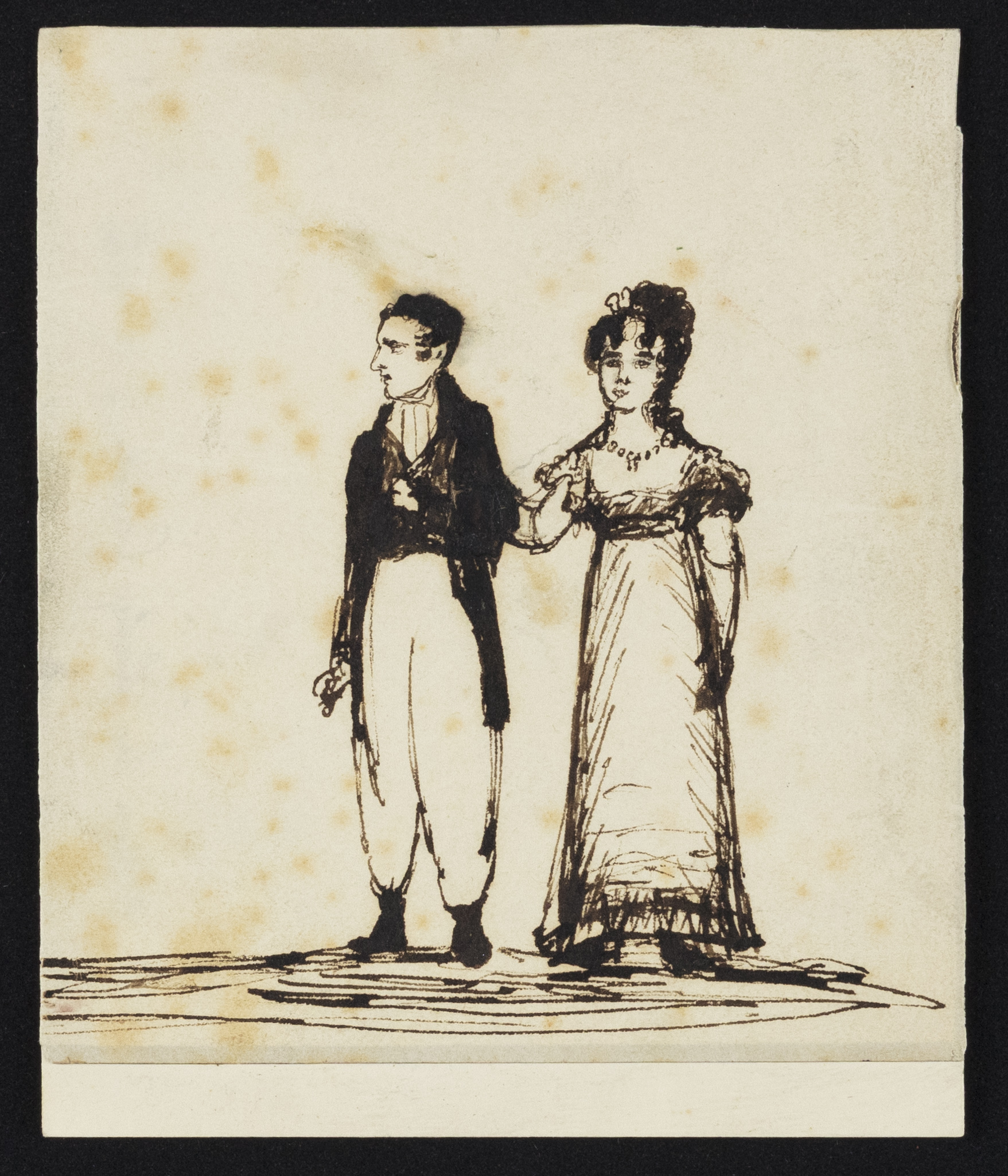
Byron marries Anne Isabella Noel Milbanke; known as Annabella, or Lady Byron
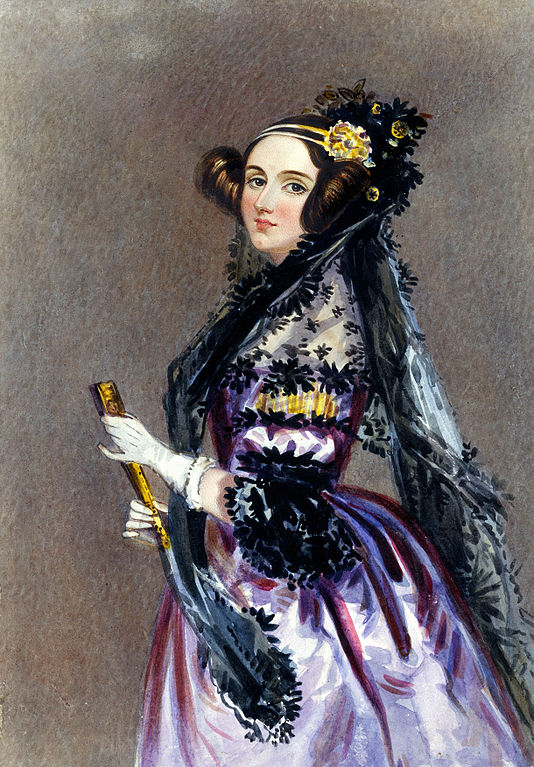
Augusta Ada Byron, the daughter of Lord and Lady Byron is born; she would later become better known by her married name, Ada Lovelace
Robert Cooke (cousin of John Murray III) is born; he later becomes a key member of the firm
Murray publishes Byron's Parisina, Siege of Corinth, Prisoner of Chillon and Other Poems and canto III of Childe Harold's Pilgrimage
Lady Byron leaves Byron, taking Ada; Byron signs a Deed of Separation on April 21
In the summer of 1816, Lord Byron and John Polidori rent the Villa Diodati in Switzerland; in June they are joined by Mary and Percy Shelley and tell each other the ghost stories which will later become cornerstones of the Gothic genre - Frankenstein and The Vampyre
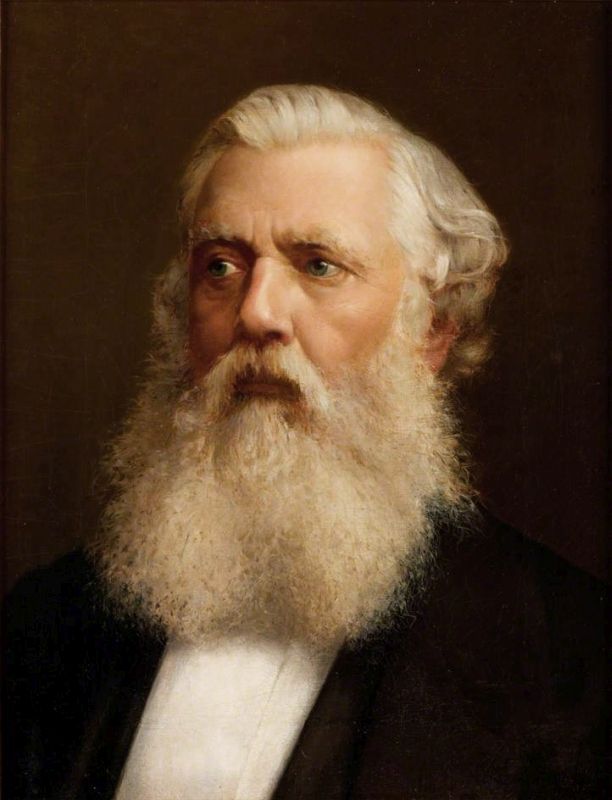
Austen Henry Layard is born in Paris
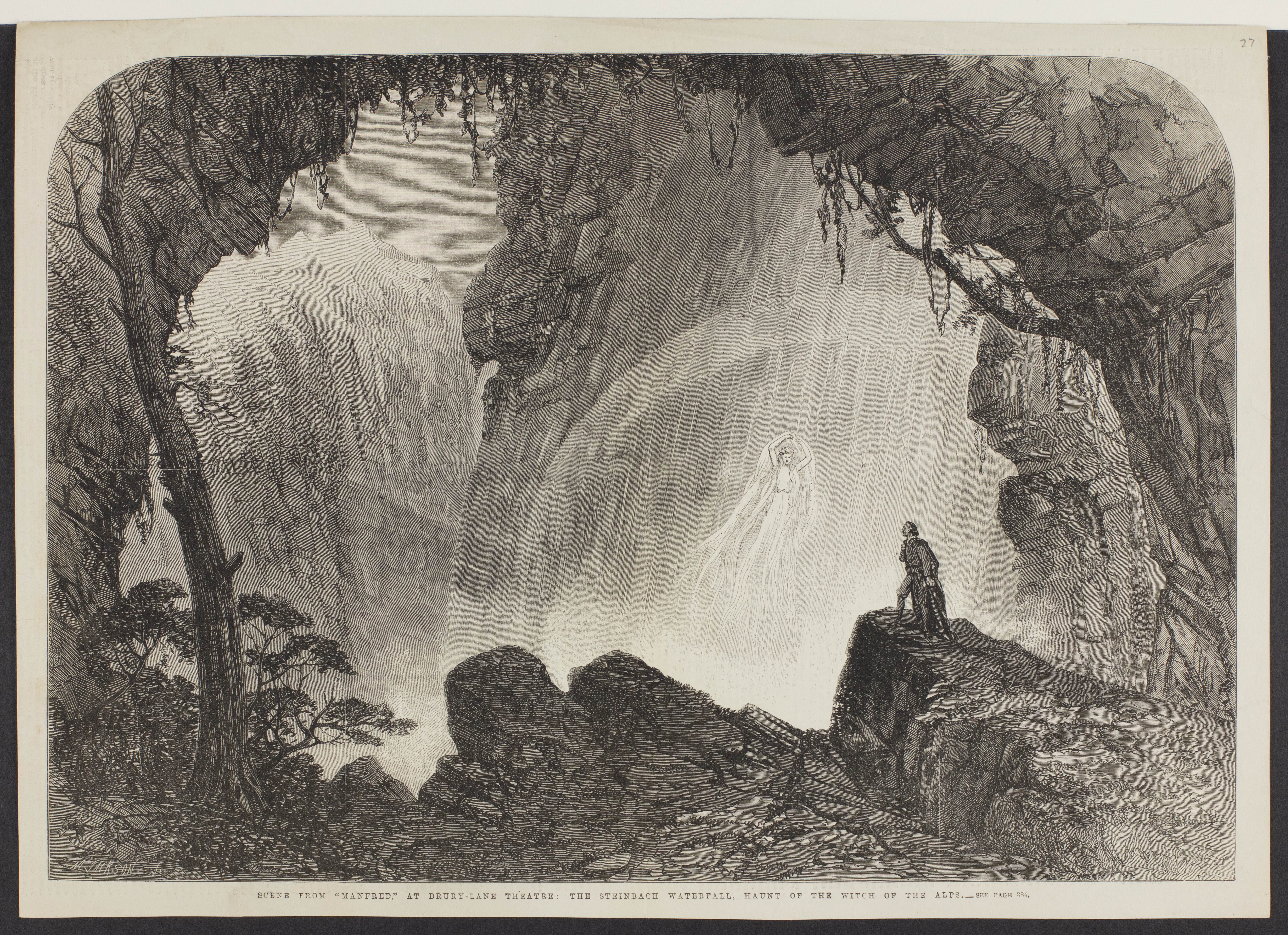
Murray publishes Byron's Manfred and Lament of Tasso
Jane Austen dies. Her novels Persuasion and Northanger Abbey are published, posthumously, by the House of Murray
Clara Allegra Byron, the illegitimate child of Lord Byron and the teenage Claire Clairmont, is born in Bath on 12th January
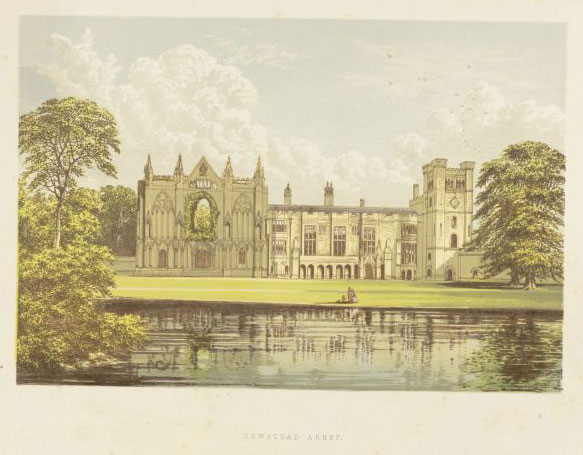
Byron sells Newstead Abbey, his family's ancestral home
Murray publishes Byron's Beppo anonymously
Murray publishes Childe Harold's Pilgrimage canto IV
Byron begins the first canto of Don Juan
Murray publishes Don Juan cantos I and II anonymously
Maria Rundell asks the firm to stop publishing Domestic Cookery; a court case ensues
Byron announces that he has given his memoirs to a friend, Thomas Moore, to publish after his death
Queen Victoria is born
After falling in love with the newly married Italian aristocrat, Teresa Guiccioli, Byron moves to Ravenna to be near her; during this time he writes his Ravenna Diary and continues Don Juan
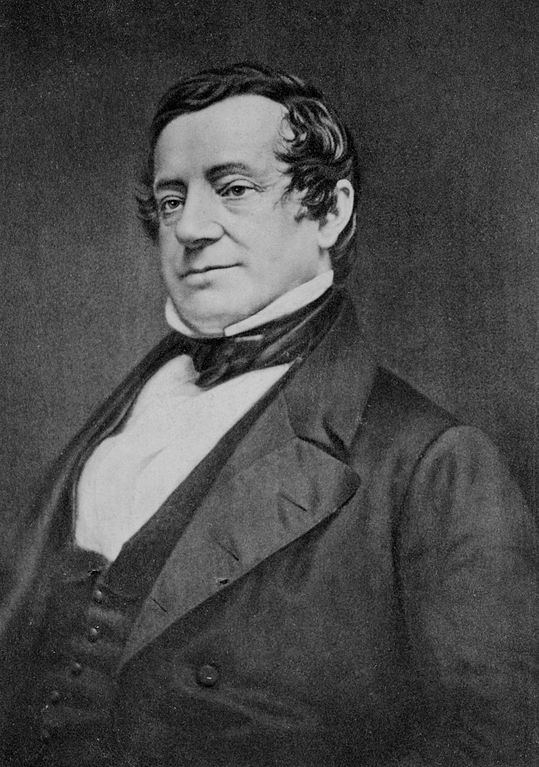
Murray publishes Washington Irving's The Sketch Book of Geoffrey Crayon, Gent, at the instigation of Irving's friend, Sir Walter Scott
King George III dies and is succeeded by his son, George IV
Murray offers Byron 1,000 guineas for Don Juan cantos III, IV and V and an additional 1,000 guineas for Sardanapalus and The Two Foscari
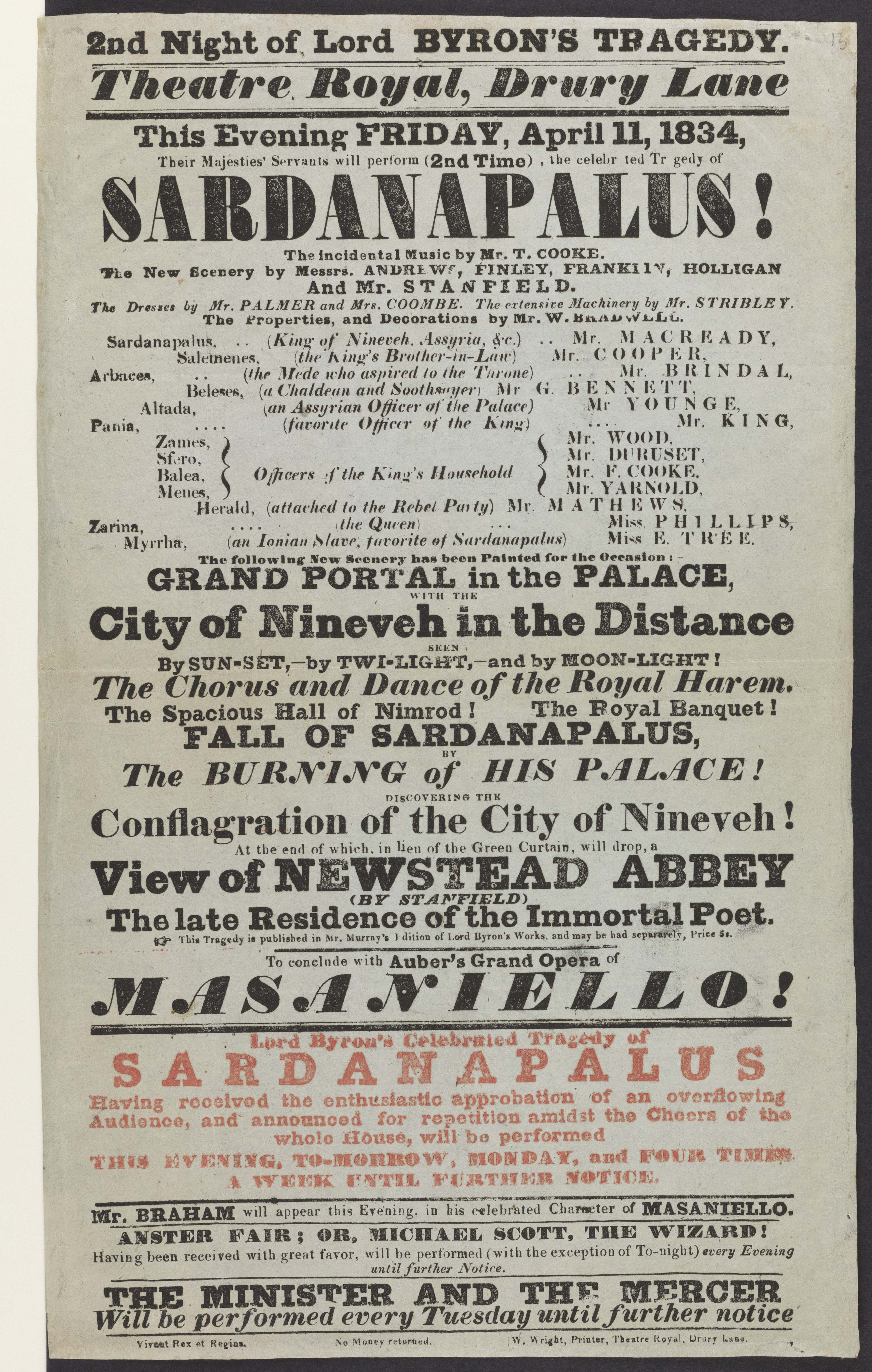
Murray publishes Don Juan cantos III, IV, and V, as well as Sardanapalus, The Two Foscari and Cain
With the poet's blessing, Thomas Moore sells Byron's memories to Murray for the sum of £2,100; later he changes his mind and the deal is renegotiated to give Moore and he the power to buy back the memoirs during Byron's lifetime
Greek War of Independence
Byron expresses a desire to end his connection with Murray after Murray publishes Don Juan anonymously and omits Byron's dedication of Sardanapalus to Goethe
Murray publishes Byron's Werner
Robert Peel becomes Home Secretary
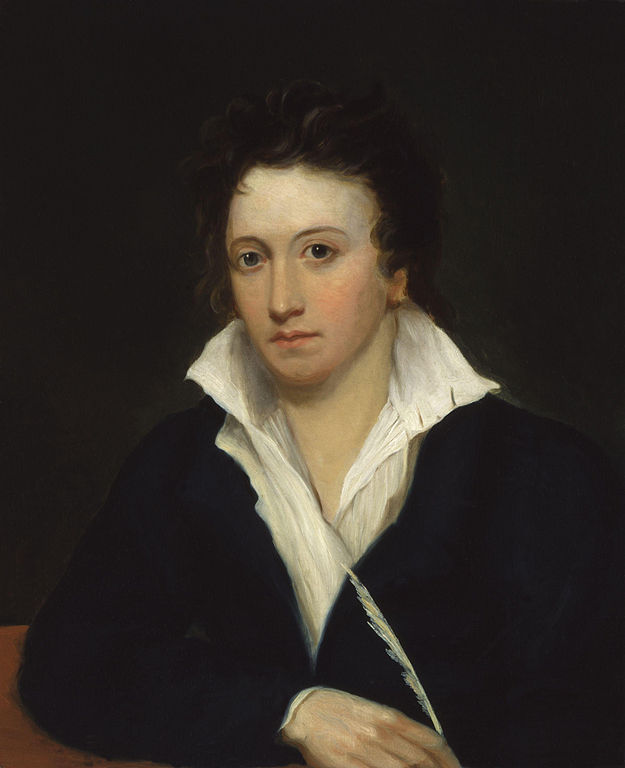
The poet Percy Bysshe Shelley drowns in his boat, the Don Juan
While boarding at a convent in Italy, Allegra Byron dies at age five
Maria Rundell accepts Murray's offer of £2,100 for the rights to Domestic Cookery
Byron moves to Missolonghi in Greece, becoming involved in the Greek War of Independence
Murray publishes John Franklin's account of his doomed expedition to the mouth of the Coppermine River in 1819
Byron takes ill in Greece while planning a naval attack on Lepanto in support of the Greek rebellion
Weakened by illness and possible sepsis from unsterilised medical instruments, Byron dies in Missolonghi, Greece, at the age of 36
After much debate between Byron's friends, Wilmot Horton (acting for Byron's half-sister Augusta Leigh), Colonel Francis Doyle (acting for Lady Byron), Moore, Hobhouse and Murray gather in front of the fireplace at 50 Albermarle Street and burn Byron's memoirs
William Wilberforce resigns from Parliament
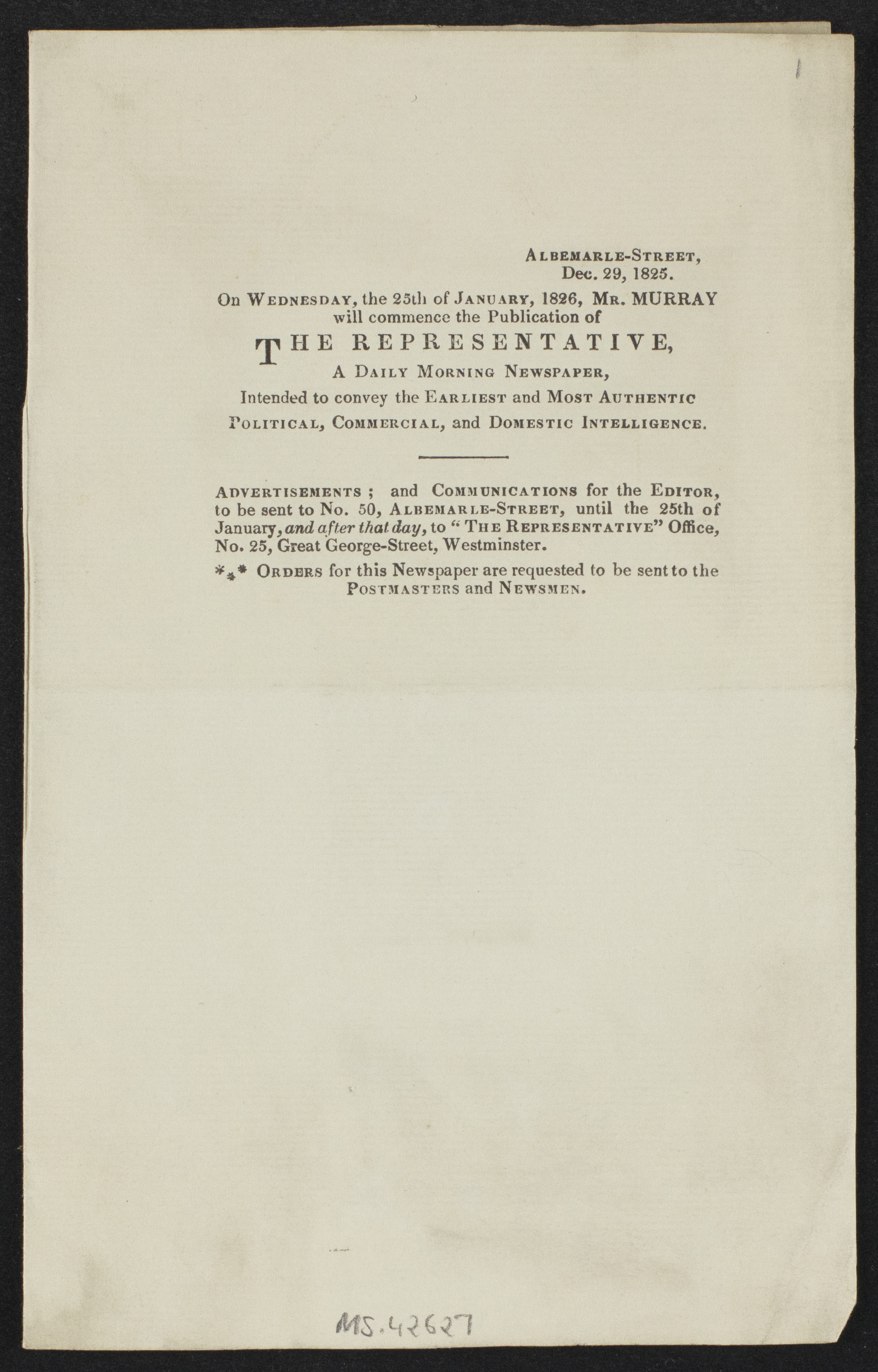
John Murray II and Benjamin Disraeli establish The Representative, a daily newspaper which fails within months
While studying geology and minerology at the University of Edinburgh, John Murray III attends a lecture given by Sir Walter Scott in which he reveals himself to be the author of the Waverley novels
Archibald Constable dies
Michael Faraday's first work, Chemical Manipulation, Being Instructions to Students in Chemistry is published by Murray
John Murray II becomes a founding member of the Royal Geographical Society
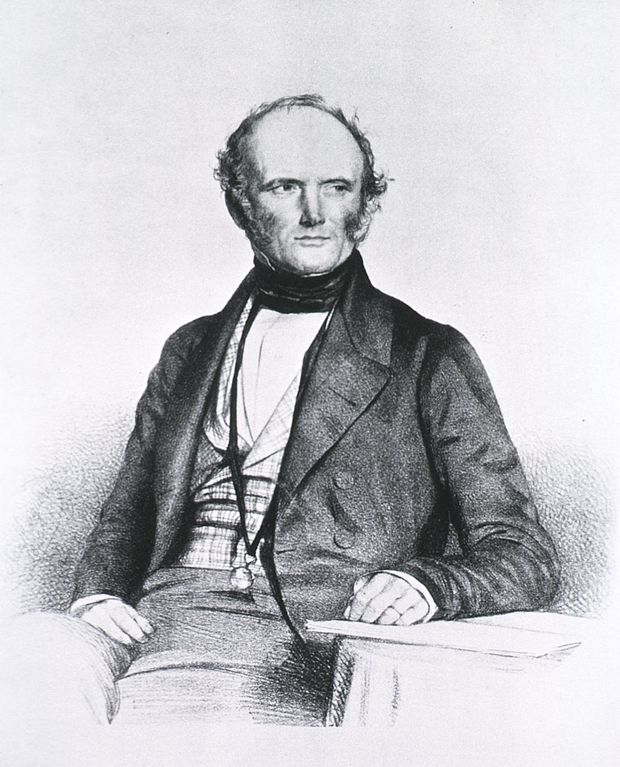
The first edition of Charles Lyell's Principles of Geology is published by the house of Murray. Though little known today, this and other work by Lyell would help form Darwin's thinking around the processes of evolution
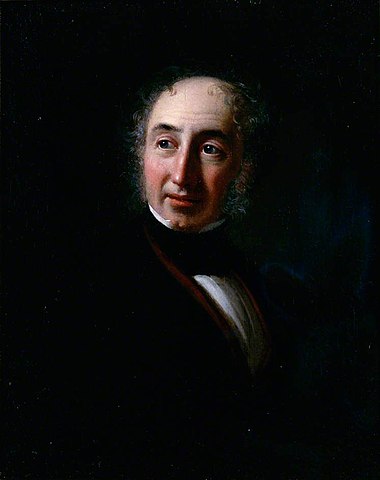
John Murray publishes Botanical Miscellany, a short-lived botany magazine edited by botanist and illustrator, William Jackson Hooker
Murray begins publishing the journal of the Royal Geographic Society
Birth of Isabella Lucy Bird (later Bishop), explorer, photographer and travel writer
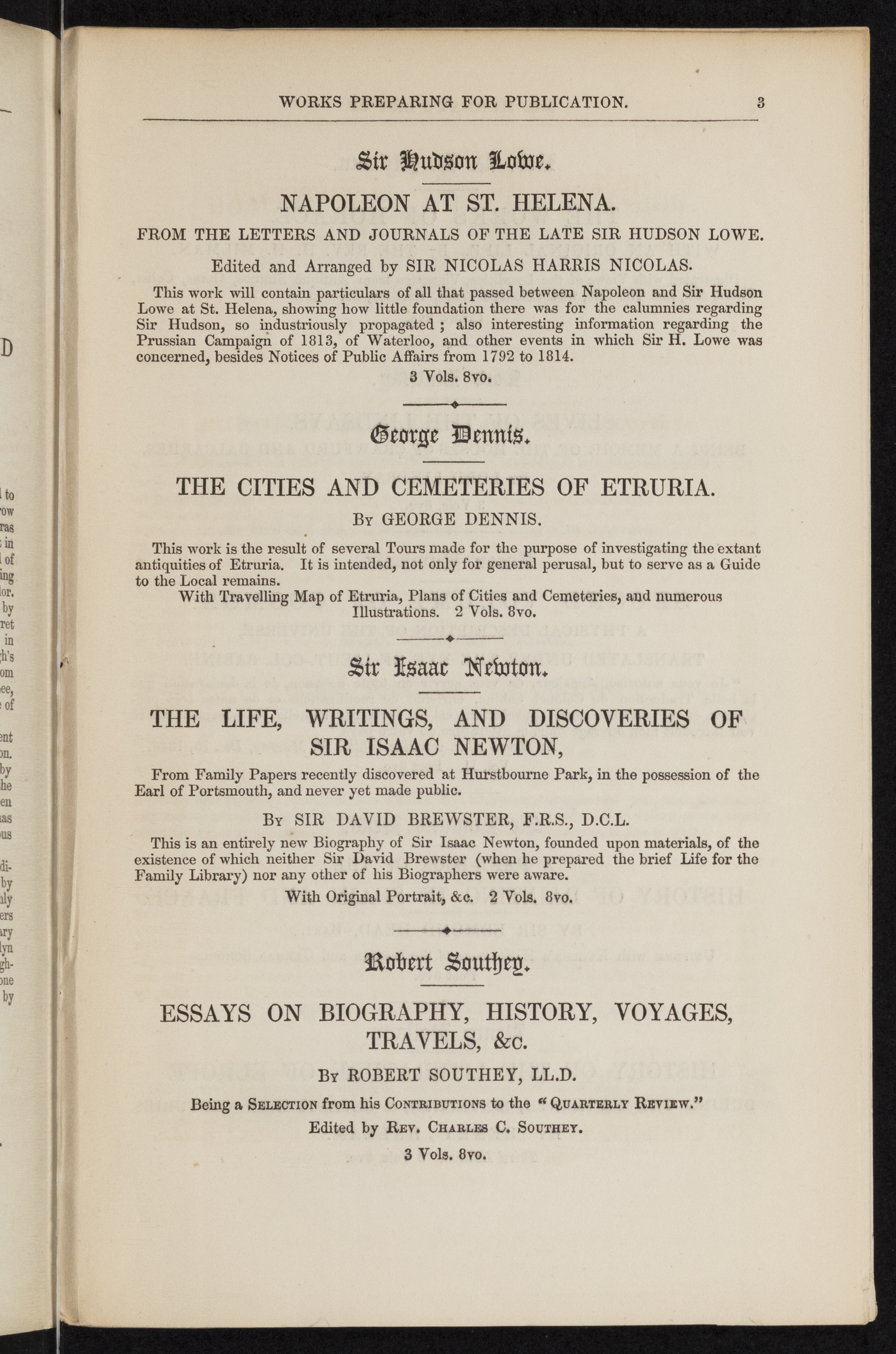
David Brewster's Life of Sir Isaac Newton is published as part of the Murray's Family Library series; Brewster would later expand this to the fuller Memoirs of the Life, Writings and Discoveries of Sir Isaac Newton, published in 1855.
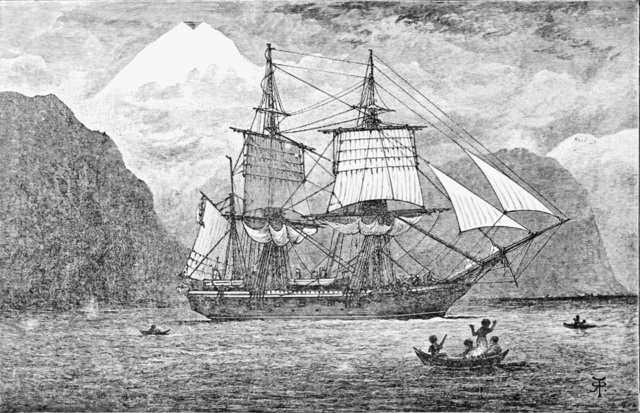
The second surveying expedition of HMS Beagle, during which Charles Darwin visited the Galapagos Islands and began to develop his theory of evolution
Sir Walter Scott dies
The Reverend George Crabbe dies
The Representation of the People Act, also known as the Great Reform Act, introduces wide-ranging changes to the electoral system in England and Wales
John Murray II publishes Mary Somerville's On the Connexion of the Physical Sciences
William Blackwood dies
Robert Peel's first term as Prime Minister
Lord Melbourne's first term as Prime Minister
Lord Melbourne's second term as Prime Minister; during his premiership, he faces accusations of an extramarital affair with Caroline Norton
Alongside Caroline Herschel, Mary Somerville is the first woman to be elected an honorary member of the Royal Astronomical Society
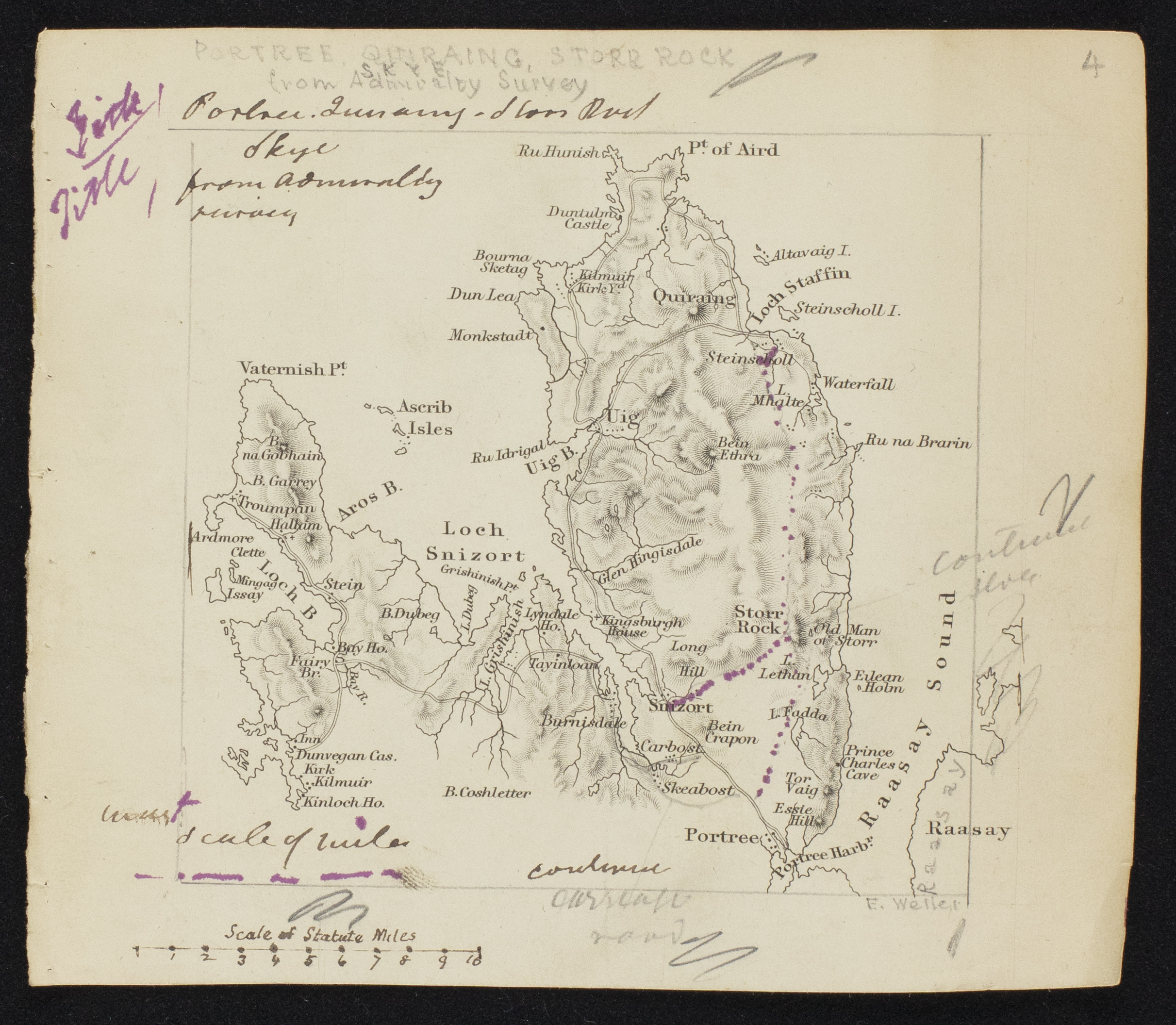
John Murray begins publishing Murray's Handbooks for Travellers, the first travel guide books
John Murray III becomes a co-partner of the firm with his father, John Murray II
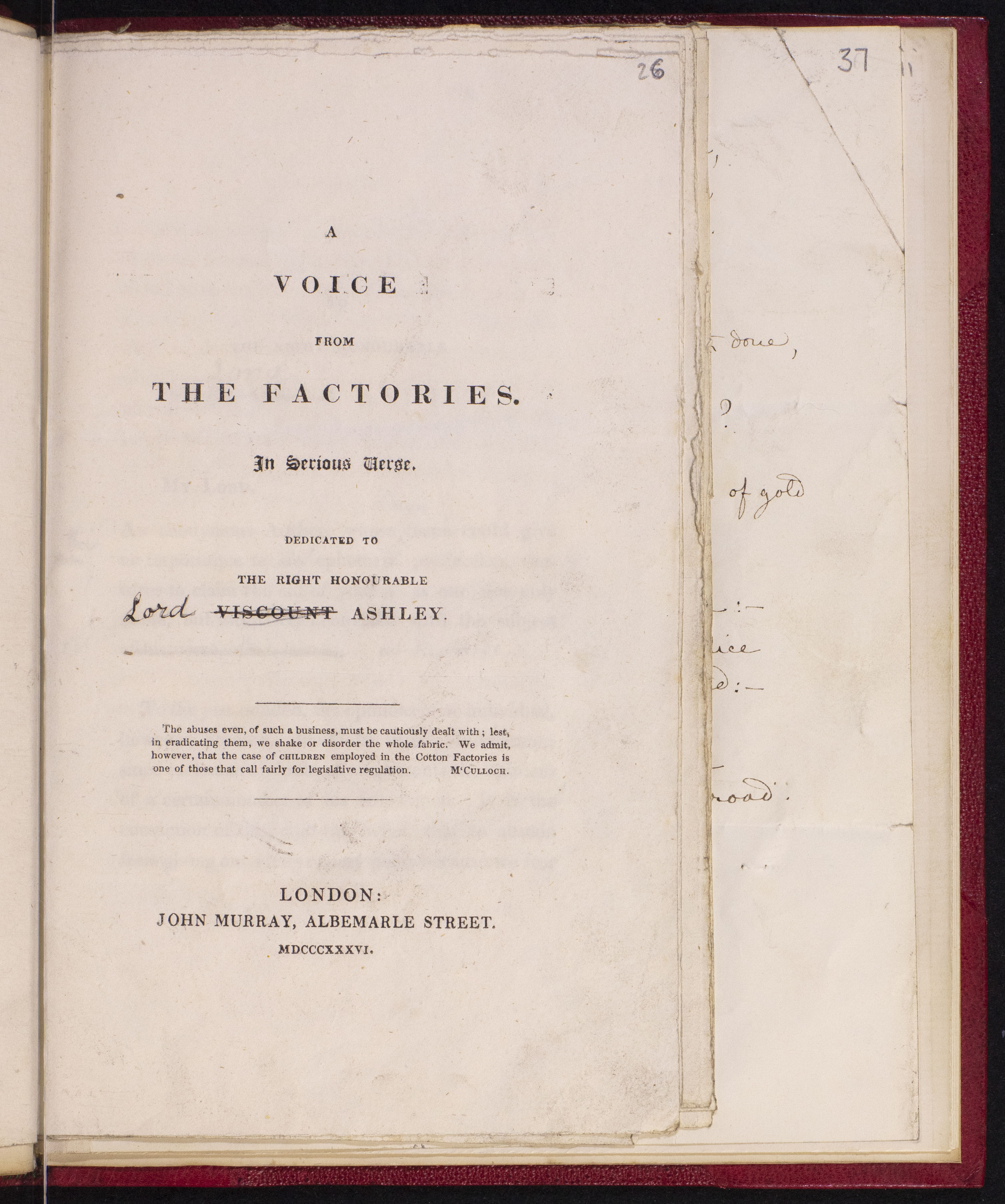
Murray publishes Caroline Norton's poem, A Voice from the Factories
Robert Cooke joins the firm
Queen Victoria's accession